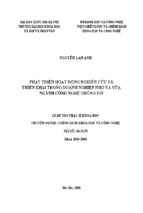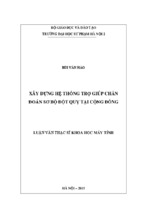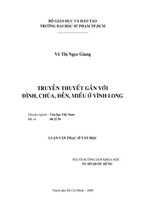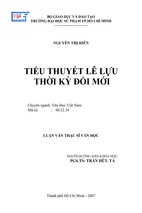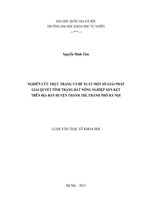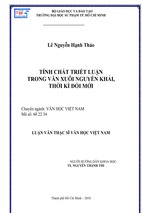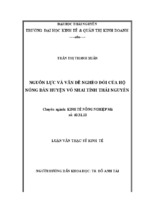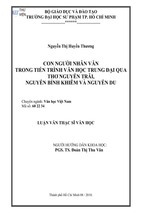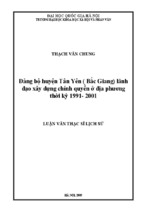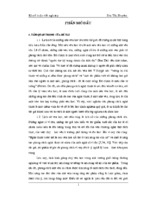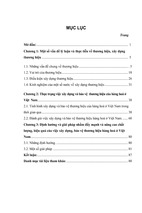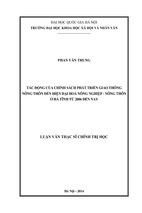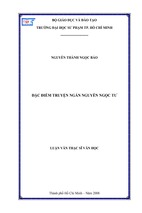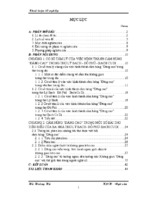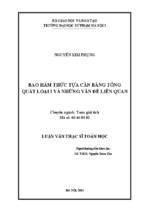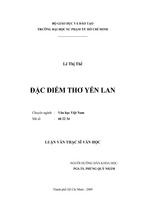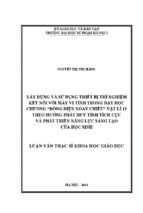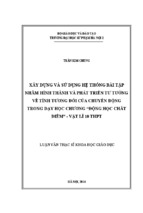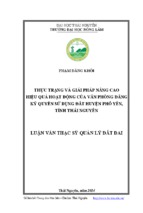Mô tả:
Currently, tea consumption in the UK is the highest in the world per capita. The English sip 165 million cups of tea daily according to the UK Tea Council. Their fondness for this aromatic brew began about three hundred years ago and hasn’t slowed down since. This dissertation aims to explain the growth of popularity of tea in England and its roles in the society of London over the years. The objectives of the research is to find out how tea, from a luxury goods that only the rich could afford, became the national favorite drink as well as to clarify the differences in the way people in England, between upper and lower classes, practiced tea customs years ago and whether these differences still exist until today. The research employs qualitative data analysis such as content analysis and visual analysis. Content analysis is mainly applied in the paper, for most of sources are written documents. On the other hand, visual analysis is used when studying tea paintings, which reflect the attitude of English painters towards tea culture at that time. Originating as an index of fashion and modernity, tea passed with remarkable speed from the conspicuous consumption of the wealthy and powerful to use by all classes. There may be several reasons explaining the surprising growth of tea in England, such as duty reduction, diversion of importation and recognition of tea’s medicinal values. Even though the English today may have the same attitude towards tea, in the past, tea to each class in the society had different meanings. Tea customs as well as English tea drinking habits have significant changes in their symbolic meanings, especially between different classes

